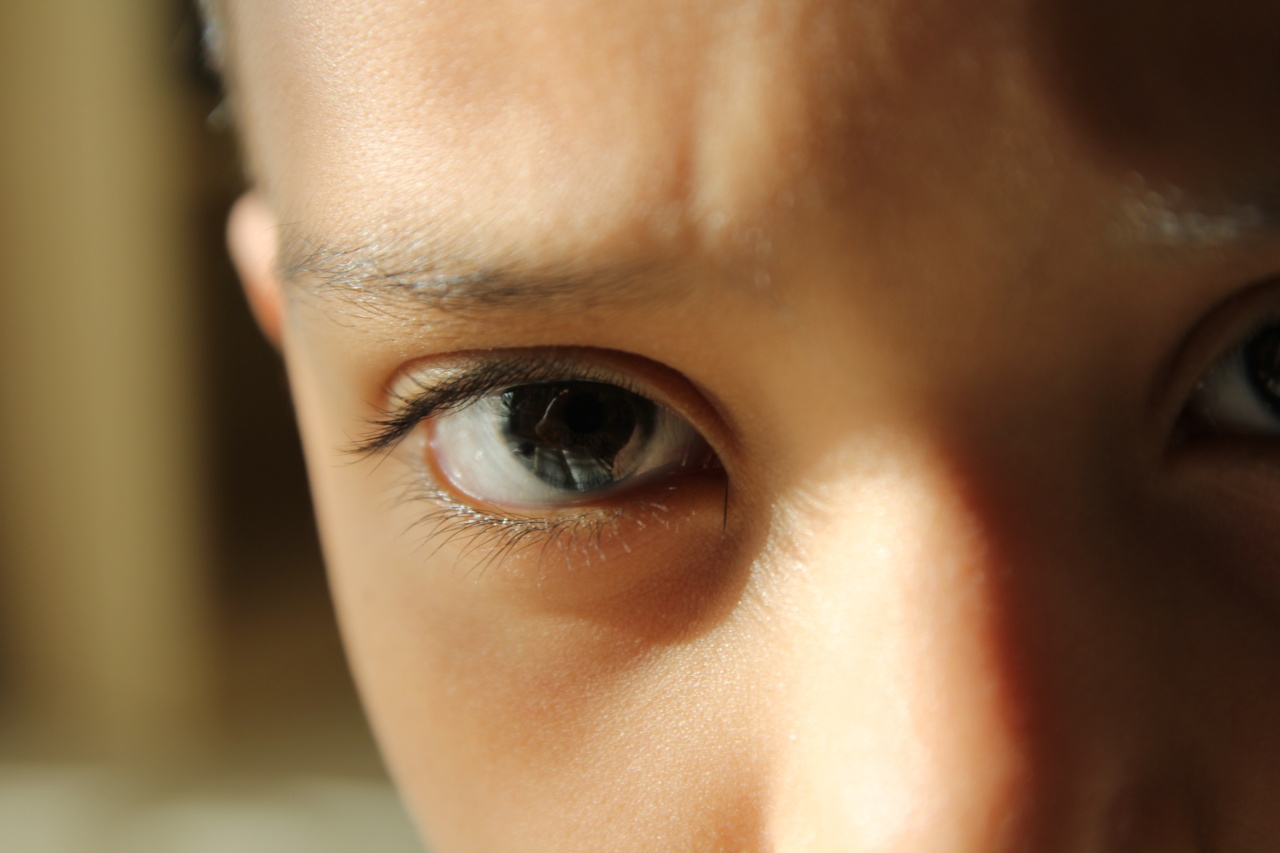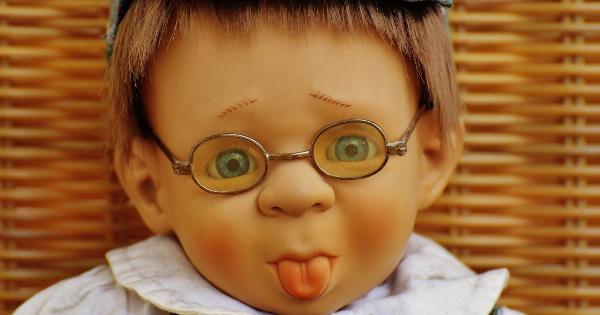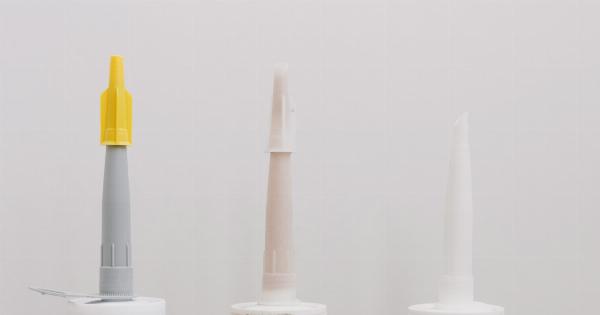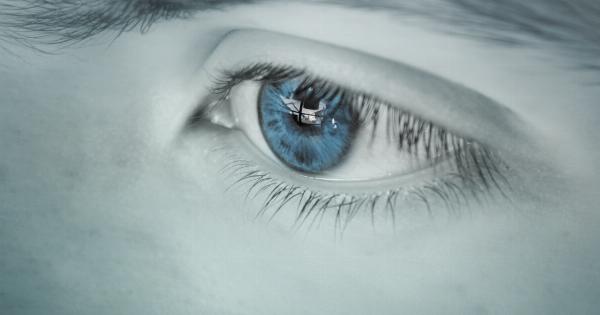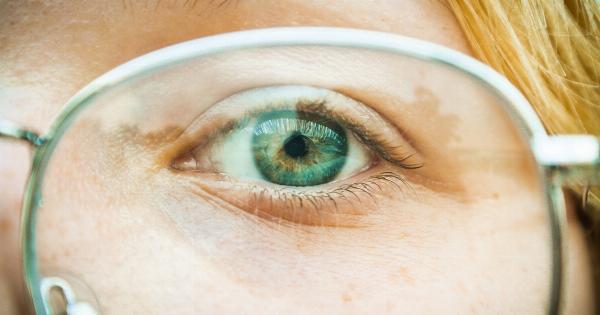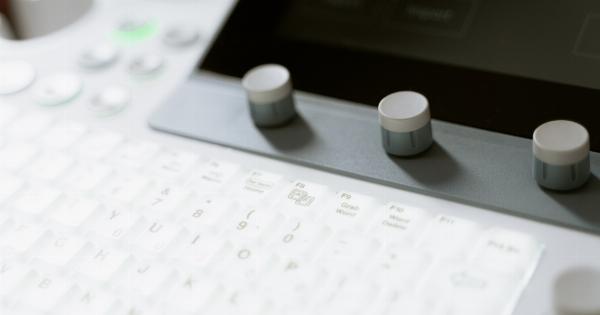When it comes to the visual health of young children, regular eye examinations play a crucial role in detecting and addressing any potential vision issues.
Eye doctors employ a variety of assessment techniques specifically designed to evaluate the vision of children, considering their unique needs and developmental stages. This article explores the methods used by eye doctors to evaluate the vision of young children, ensuring early detection and intervention of any visual problems.
The Importance of Evaluating Children’s Vision
Children heavily rely on their vision during their formative years to understand the world around them, learn new things, and engage in various activities.
Undiagnosed visual problems can significantly impact a child’s development and learning abilities. Therefore, early detection and intervention are key to preventing any long-term consequences.
Setting the Right Atmosphere
Eye doctors understand that a comfortable and child-friendly environment is essential for evaluating a young child’s vision. Pediatric eye clinics often have waiting areas designed to appeal to children, with toys, books, or colorful decorations.
Additionally, the examination room is equipped with age-appropriate visual aids to engage the child during the evaluation process.
History and Symptom Assessment
Prior to any visual evaluation techniques, eye doctors gather information about the child’s vision history and any specific vision-related concerns.
They may ask questions regarding the child’s developmental milestones, family history of eye conditions, or any symptoms such as frequent eye rubbing, excessive tearing, or squinting. This initial assessment helps in understanding the child’s individual circumstances and guiding further evaluation.
Visual Acuity Test
One of the fundamental assessments performed by eye doctors is the visual acuity test. This test measures how clearly a child can see by reading or identifying letters, numbers, or symbols from a distance.
Various techniques are employed depending on the child’s age and developmental stage. For younger children who might not be able to identify or read letters, eye doctors use age-appropriate symbols or matching games to evaluate their visual acuity.
Retinoscopy
Retinoscopy is a non-invasive technique commonly used to determine the refractive error in a child’s eyes. The eye doctor uses a retinoscope, a handheld instrument that projects light into the eye.
By analyzing the movement and reflection of light within the eye, the doctor can estimate the child’s prescription strength and whether they are nearsighted, farsighted, or have astigmatism.
Eye Alignment and Movement Evaluation
Proper alignment and coordinated movement of the eyes are essential for clear and comfortable vision. Eye doctors use various tests to assess eye alignment and coordination in young children.
These tests often involve following a moving object or tracking a light with the eyes. By observing a child’s eye movements, an eye doctor can identify any issues with eye coordination, such as strabismus or amblyopia.
Binocular Vision Assessment
Binocular vision refers to the ability of both eyes to work together as a team, providing depth perception and synchronized focusing.
Eye doctors evaluate binocular vision through tests that require the child to view objects with both eyes simultaneously. These tests assess the child’s ability to merge images from both eyes into a single, clear image and detect any imbalances or weaknesses in binocular vision.
Color Vision Test
Color vision deficiency, commonly known as color blindness, is often hereditary and affects a significant number of individuals.
Eye doctors may include color vision tests during the evaluation process to assess a child’s ability to differentiate between different colors accurately. These tests involve identifying numbers or patterns composed of colored dots or plates.
Assessment for Near Vision
Near vision is crucial for activities such as reading, writing, and other close-up tasks. Eye doctors evaluate near vision by using various techniques, depending on the child’s age and development.
For younger children, doctors may use books or cards with pictures, shapes, or objects at various distances. Older children may be assessed using traditional reading charts or specialized charts for near vision assessment.
Eye Health Examination
Eye doctors also conduct a comprehensive examination of a child’s eye health during the evaluation process.
This examination helps detect any underlying eye conditions, infections, or abnormalities that may be affecting the child’s vision or overall ocular health. It may involve examining the external structures of the eye, assessing the function of the eyelids, tear production, and inspecting the retina and optic nerve using specialized instruments.
Patient Cooperation and Techniques
Eye doctors understand the challenges associated with evaluating young children’s vision and adapt their techniques to ensure patient cooperation.
They employ various strategies such as using interactive visual aids, incorporating playfulness, and maintaining a calm and reassuring demeanor to engage children during the assessment process. These techniques not only make the evaluation more enjoyable for the child but also yield more accurate and reliable results.
Conclusion
Evaluating the vision of young children requires specialized techniques and approaches tailored to their unique needs and development.
Eye doctors employ a combination of visual acuity tests, eye alignment evaluations, binocular vision assessments, and comprehensive eye health examinations to ensure early detection of any visual problems. By actively engaging children and creating a child-friendly atmosphere, eye doctors can effectively evaluate and address any potential vision issues, promoting optimal visual health and development in children.
